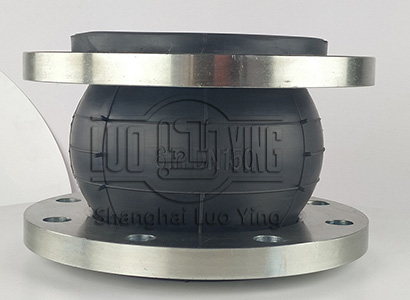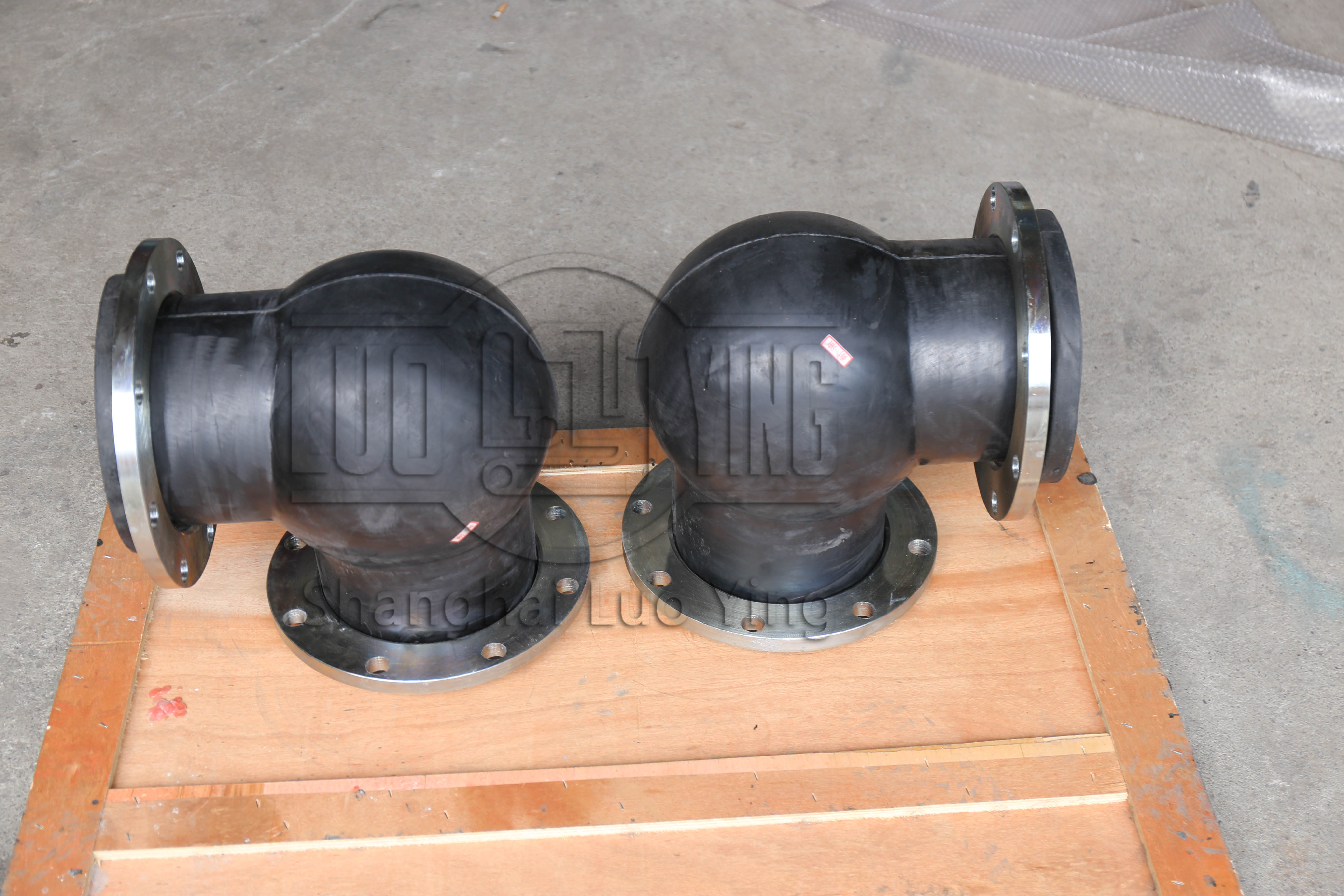Normal operation and service life of bendable rubber joints
Feb-23-15
In the stress corrosion of flexural rubber joints, although molybdenum as an alloying element on the austenitic flexural rubber joints resistant to reducing media, resistance to pitting and crevice corrosion is not completely clear, but a large number of experiments have pointed out that the role of molybdenum is only effective when the steel contains a high amount of chromium, molybdenum is mainly to strengthen the corrosion resistance of chromium in steel, at the same time, the formation of molybdate after the buffering effect has also been experimentally The buffering effect of molybdenum salts has also been experimentally confirmed.In the temperature zone of 700-800 ℃ stabilization treatment, the Cr depletion generated when the bendable rubber joint is generated, due to the re-diffusion of Cr, the sensitization disappears. In order to improve the wear resistance, corrosion resistance and fatigue resistance of bendable rubber joints, carbonitriding or nitriding treatment can be carried out. In the processing of bendable rubber joints, black oxide skin is produced after rolling the plate, tying the edge, welding or after artificial surface fire baking and heating treatment.


The corrosion mechanism of flexural rubber joints is mainly electrochemical corrosion. The use of installation thickness of the larger martensitic series and ferritic series bendable rubber joint plate, sometimes produce cracks. Martensitic series and ferritic series bendable rubber joints and ordinary steel under the same conditions, there is almost no problem, while when installing bendable rubber joints, if the set installation gap is too large, it will produce a large burr in the installation section.

